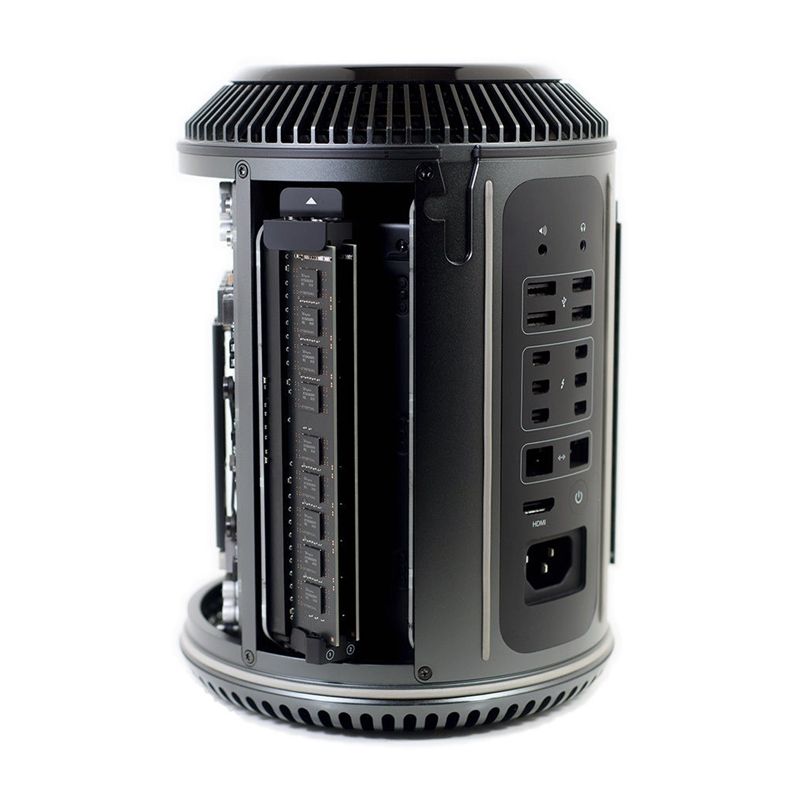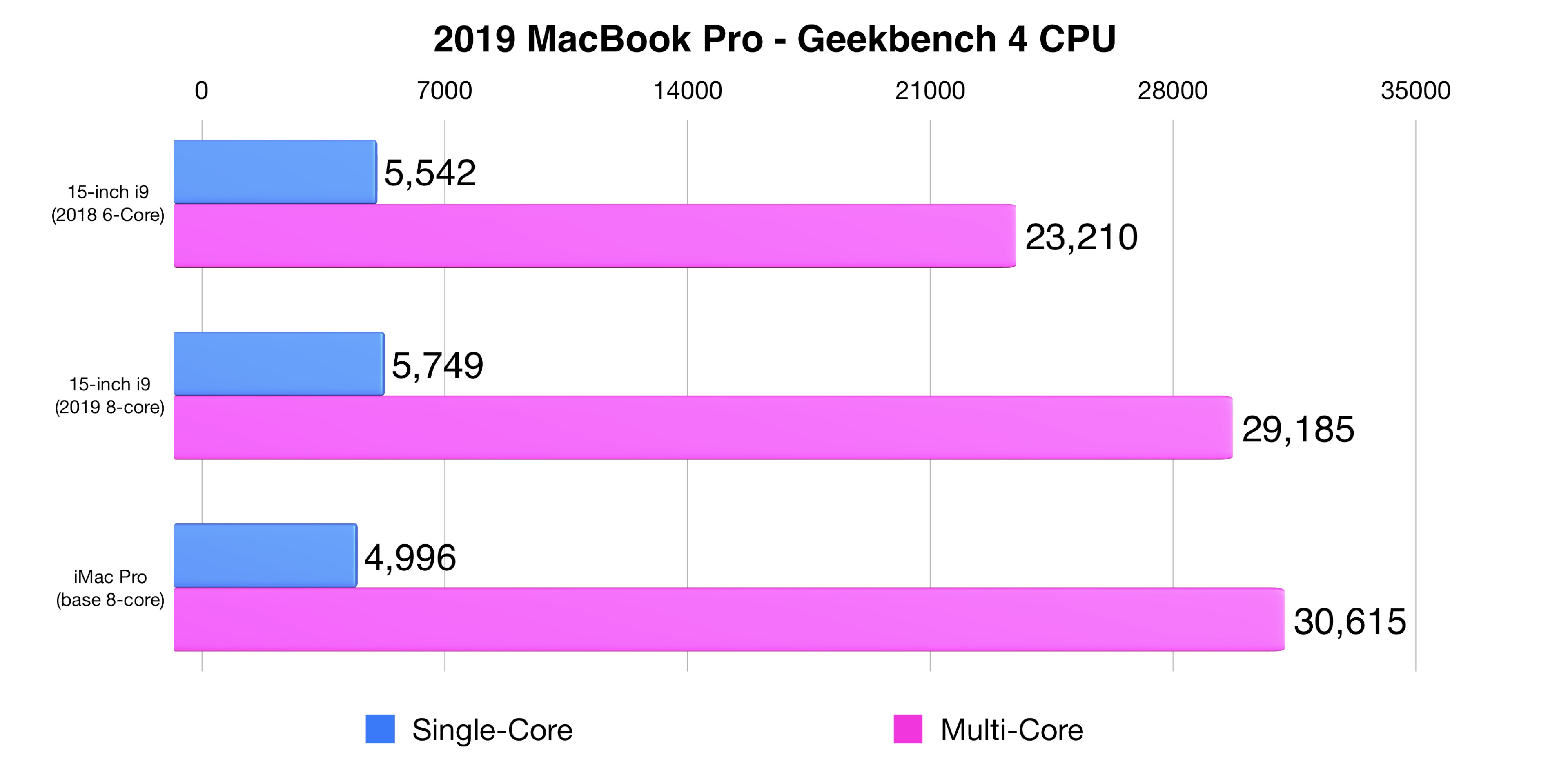

- #6 CORE MAC PRO VS 8 CORE 1080P#
- #6 CORE MAC PRO VS 8 CORE UPDATE#
- #6 CORE MAC PRO VS 8 CORE SOFTWARE#
- #6 CORE MAC PRO VS 8 CORE PLUS#
On the other hand, the MacBook Pro 13 with Apple M1 faces limitations in memory and storage. In another Geekbench 5 test that measures GPU performance for tasks like gaming, image processing, and video editing, the M1 MacBook Pro scored 19,423 on average while the Intel MacBook Pro scored 8,707.


The Intel MacBook Pro scored 1,097 on the single core test on average and 4,142 on the multi-core test. On tests meant to evaluate the performance of a single processor core and how the cores work together, the M1 MacBook Pro scored an average of 1,754 and 7,699 respectively. The MacBook Pro with Apple's M1 chip also creams the Intel version in benchmark tests. (For reference, the Intel-equipped MacBook Pro I've been using for testing purposes launched in 2020 and has a quad-core Intel Core i5 processor with 16GB of memory.) Graphics look much noisier with a lot more distortion on the Intel-powered MacBook Pro by comparison.
#6 CORE MAC PRO VS 8 CORE 1080P#
The M1 MacBook Pro is capable of encoding a 25-secondĤK MOV video clip to a 1080p MP4 file in one minute and nine seconds, while the Intel-powered MacBook Pro does so in one minute and 17 seconds.Īpple's M1 MacBook Pro is also much better at rendering graphics when playing "Shadow of the Tomb Raider." You shouldn't expect the M1 MacBook Pro to behave like a gaming rig by any means, but it holds its own when running the game at 1,650 x 1,050 and 1,200 x 800 resolutions. The differences are certainly noticeable in everyday tasks like gaming and encoding video. Apple's M1, however, has an 8-core graphics processor (GPU) similar to that found in the latest iPad Pro, a device known for impressive 3D graphics performance.
#6 CORE MAC PRO VS 8 CORE PLUS#
Recent MacBook Pro 13 models have struggled with graphics because they relied on Intel's weak Iris Plus graphics. Graphics performance is also a strength for the Macbook Pro 13 with Apple M1. It's an 8-core CPU with four performance cores and four efficiency cores, and comes with an 8-core GPU, plus the 16-core "Neural Engine" that enhances certain machine learning algorithms. MacBook Pro 13 SpecificationsĪpple's M1 processor is intimidating on paper. So an M1-powered Mac probably isn't the right choice just yet for computer programmers who rely on that software.īut on balance, the MacBook Pro 13 with Apple M1 is now the better option for most people, but it's not the obvious choice for everyone. The M1-ready version of the app development platform Docker, for example, is still under development and in preview mode, according to the company's website.
#6 CORE MAC PRO VS 8 CORE SOFTWARE#
However, if your job relies on using specific software that goes beyond basic web browsing and word processing, it's worth looking into whether the programs you need are M1-optimized. Slack, and Cisco WebEx worked just fine through Rosetta back when Apple's M1-powered laptops launched in November. In our testing, popular apps like Microsoft Office,
#6 CORE MAC PRO VS 8 CORE UPDATE#
Developers need to update their software to fully support Apple's M1 chip, though Apple claims that process is quite simple through its Rosetta 2 translation software. Intel hardware is also a known quantity that can support all current Mac apps. Taken together, the M1-powered MacBook Pro's lower price, superior performance, and longer battery life make it the right choice for most people.īut Intel models have an edge in high-end specifications, however, as they can be configured with more memory and more storage. The cheapest Intel-powered model you can get, by comparison starts at $1,799. It's the most affordable model,at $1,299, and it has twice the battery life of Apple's MacBook Pro 13 with an Intel Core processor. The MacBook Pro 13 with Apple M1 has a few important advantages. MacBook Pro 13 (Intel Core): Which is best? Updated on 3/2/21: Added more detail about the MacBook Pro's performance and webcam based on testing. Buy the new, trendy laptop with Apple's latest and greatest hardware, or go with the tried-and-true Intel option with room for more storage and ports? Much like the iPhone, iPad, and Apple Watch all run on Apple's own processors, the company is transitioning its Mac lineup away from Intel and toward its own in-house chips. The newest 13-inch MacBook Pro and MacBook Air are among Apple's first computers to run on its own silicon, offering benefits like longer battery life and improved performance. Apple's MacBook Pro laptops now come in two flavors: those powered by Apple's own M1 chip, and other models that run on Intel's processors.


 0 kommentar(er)
0 kommentar(er)
